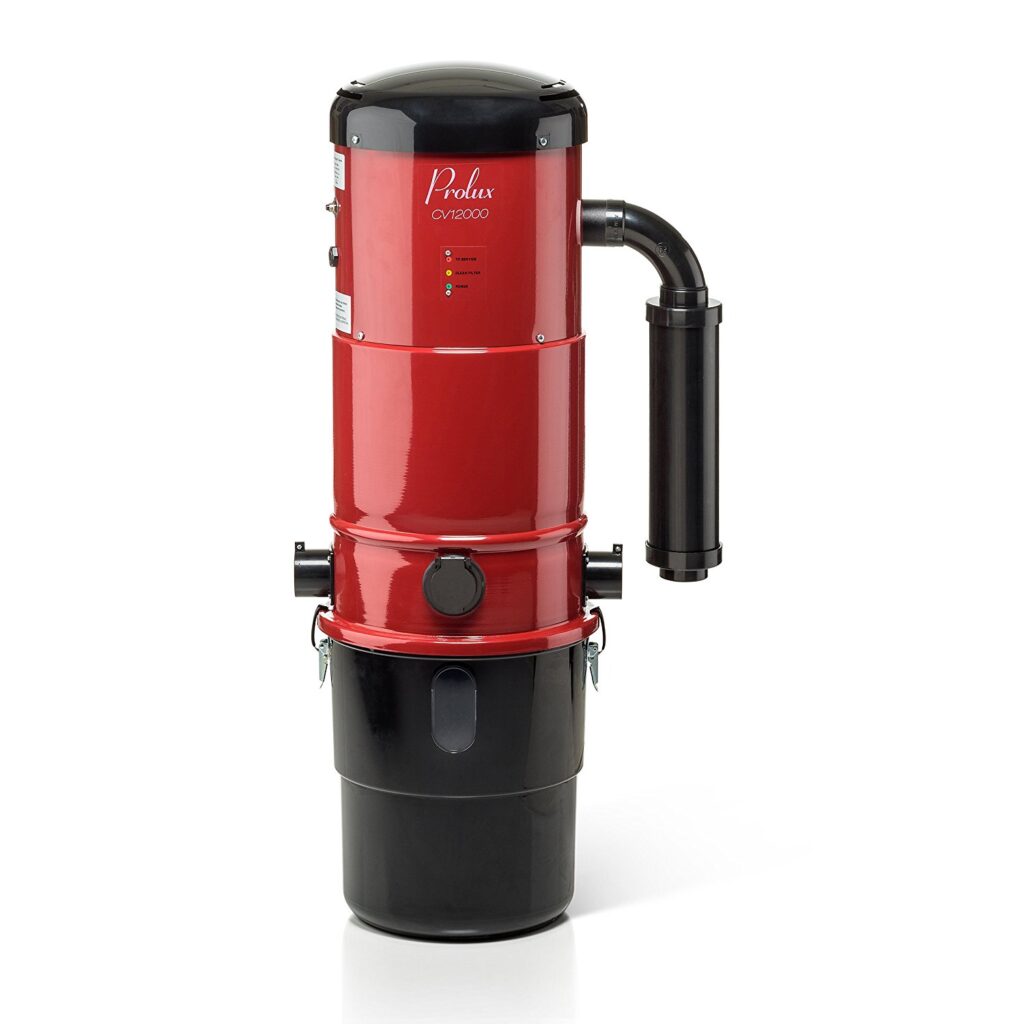A central vacuum cleaner also known as a whole-house vacuum, is installed as a semi-permanent fixture. It is designed to remove dirt and debris from homes through tubing which is installed inside the walls to a collection container which is usually located in a garage or basement. Central vacuum cleaners are usually installed in homes which are still under construction. This is why some homeowners shy away from installing them in their existing homes because they fear that the installation process would be difficult like a full-scale renovation. But what does it really take to install central vacuum cleaners in existing homes?
Based on statistics, almost one-third of the central vacuums sold in the United States are installed in existing homes and according to some homeowners, there is no need to tear out wall sections or ceiling when it is done. In fact, the whole installation process can be finished in less than a day. When installing a central vacuum cleaner in an existing home, the only hole needed is concealed by the inlet valve. Therefore, there’s no need to break walls or do a drywall repair.
It is simpler to install a central vacuum cleaner in an existing single story home with a good-sized attic or basement but it can also be retrofitted in homes with two or more stories. You simply have to hang the power unit in the basement or garage, run a trunk line of PVC tubing and branch to each inlet, then run a low voltage wire along the tubing to each inlet. For every 700 to 1000 square feet, an inlet is needed and they are located on interior walls.
Difference Between a Portable Vacuum and Central Vacuum
One of the main differences of a portable vacuum and a central vacuum is that portable vacuums are needed to be carried from room to room and other spots within one room as well. Since most vacuums are heavy, this can be challenging especially to the elderly users. Also, a portable vacuum requires a functioning electrical outlet for it to work. There might be a need for you to unplug some devices if the outlets in a certain room are all in use for the portable vacuum to work. Lastly, central vacuums mostly have stronger suction compared to the portable ones, and the collection units are much larger as well.
Styles of Central Vacuum Cleaners
There are two styles of central vacuum cleaning systems which are the traditional system and the hidden hose system.
- Traditional System: A traditional central vacuum cleaner has detachable hoses which can be carried to different rooms. They are easily plugged into the pipe outlets at the base of a wall. Compared to the hidden hose system, this one is cheaper and is quick to install. It also creates small footprint on the wall that does not make it obvious.
- Hidden Hose System: In this central vacuum style, a retractable hose can be pulled from the outlet and it can be used right away. There is no need to carry hoses from room to room. However, this style costs more and it may not be suitable for big houses.
Benefits of a Central Vacuum Cleaner
Having a central vacuum cleaner at home has many benefits and some of those are, it can boost a home’s resale value, it can provide superior cleaning, it can improve the air quality in your home, and since the collection units are bigger, there’s no need to empty it frequently. The homeowner only has to empty it two or three times in a year. Also, central vacuum cleaners have longer life span. It is also beneficial for people with respiratory problems because dirt and debris will not be able to go back into the air when using a central vacuum cleaner. The only dilemma people usually have when it comes to central vacuum cleaners is the price.
How Much Does It Cost to Have a Central Vacuum Cleaner Installed?
A central vacuum cleaner installation’s cost varies depending on the size of the home. If a home is less than 3,000 square feet, the average cost maybe between $1200 to $3000. Some of the factors that play the largest role in the cost of a central vacuum cleaner are your desired number of outlets, the extra accessories needed, and the brand of vacuum you’ll be choosing. If you want to have more outlets, the more the system would cost, and extras like power hose, long hose, attachments, cabinets to store hoses, and large collection units will add to the installation expense as well.
Having a central vacuum cleaner installed at home is a good investment especially if you want to keep your whole house dirt and dust free without much hassle. Though it may cost you more, it can help improve the overall resale value of your home.
